Session 1A – AI & Machine Learning
Tuesday 30 March, 09:30 – 11:00 // Session Chair: Matias del Campo
389 – Architecture, Language and AI: Language, Attentional Generative Adversarial Networks (AttnGAN) and Architecture Design
Tuesday 30 March, 09:30, Session 1A
Matias del Campo, Taubman College of Architecture and Urban Planning – University of Michigan
Sandra Manninger, SPAN
Alexandra Carlson, Robotics – University of Michigan
The motivation to explore Attention Generative Adversarial Networks (AttnGAN) as a design technique in architecture can be found in the desire to interrogate an alternative design methodology that does not rely on images as starting point for architecture design, but language. Traditionally architecture design relies on visual language to initiate as design process, wither this be a napkin sketch or a quick doodle in a 3D modeling environment. AttnGAN explores the information space present in programmatic needs, expressed in written form, and transforms them into a visual output. This visual output can be further processed into three dimensional models that transport lingual information into fully developed architectural entities. The key results of this research are shown in this paper with a proof-of-concept project: the competition entry for the 24 Highschool in Shenzhen, China. This award-winning project demonstrated the ability of GraphCNN to serve as a successful design methodology for a fairly complex architecture program. In the area of Neural Architecture, this technique allows to interrogate shape through language. An alternative design method that creates its own unique sensibility. In the project we demonstrate how this method is able to sub divide larger volumes of the program, resulting in discrete chunks and volumes that possess an inherent compositional quality, albeit a nonhuman one.

Matias del Campo is a registered architect, designer, and educator. Founded together with Sandra Manninger in Vienna/ Austria, SPAN is a globally acting practice best known for its application of contemporary technologies in architectural production. Their award-winning architectural designs are informed by advanced geometry, computational methodologies, and philosophical inquiry. Matias del Campo is a recipient of the Accelerate@ CERN fellowship and the AIA Studio Prize He is Associate Professor of Architecture at Taubman College for Architecture and Urban Planning, University of Michigan.
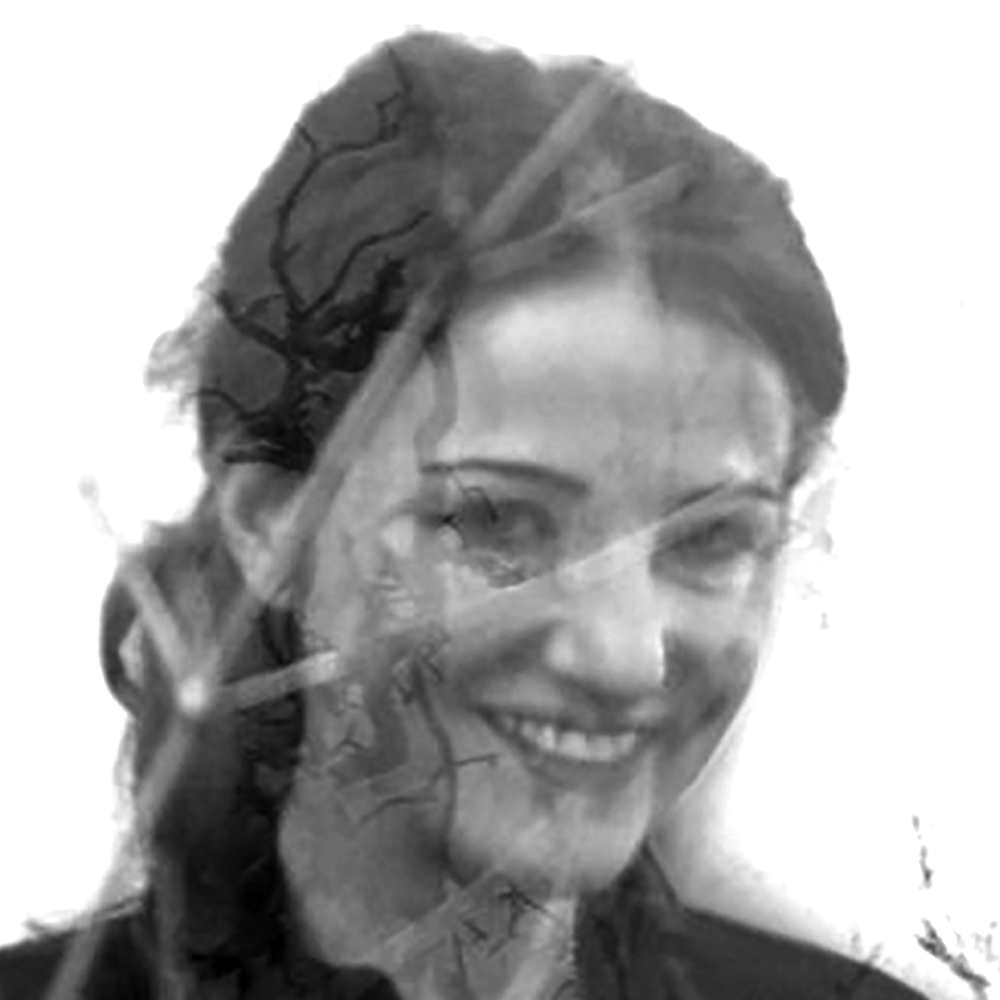
Sandra Manninger is a registered architect, teacher, and researcher. She is co-principal of SPAN. The focus of the practice lies in the integration of advanced design and building techniques that fold nature, culture, and technology into one design ecology. Her work is part of the permanent collection of the FRAC Collection, the Luciano Benetton Collection, the MAK & the Albertina in Vienna. She currently serves at Tsinghua SIGS and at IAAC.

Alexandra Carlson attended the University of Chicago for her undergraduate degree, where she studied psychology and physics. She is currently a Robotics PhD candidate with the Ford Center for Autonomous Vehicles at the University of Michigan. Her graduate studies focus on robust computer vision for autonomous vehicles. Her research develops an experimental framework that identifies visual features within images that contribute to the failure of deep neural networks (e.g., noise from the camera, as well as noise from the surrounding environment), and then uses these insights to develop neural network architectures that can more effectively distinguish between objects.
161 – Multi-Objective Optimization of a Free-Form Building Shape to Improve the Solar Energy Utilization Potential Using Artificial Neural Networks
Tuesday 30 March, 09:45, Session 1A
Xin Zhao, School of Architecture, Harbin Institute of Technology; Key Laboratory of Cold Region Urban and Rural Human Settlement Environment Science and Technology, Ministry of Industry and Information Technology, China
Yunsong Han, School of Architecture, Harbin Institute of Technology; Key Laboratory of Cold Region Urban and Rural Human Settlement Environment Science and Technology, Ministry of Industry and Information Technology, China
Linhai Shen, School of Architecture, Harbin Institute of Technology; Key Laboratory of Cold Region Urban and Rural Human Settlement Environment Science and Technology, Ministry of Industry and Information Technology, China
Optimisation of free-form building design is more challenging in terms of building information modelling and performance evaluation than for conventional buildings. The paper provides a “Photogrammetry-based BIM Modelling – Machine Learning Modelling – Multi-Objective Optimisation” framework to improve the solar energy utilisation potential of free-form buildings. Low altitude photogrammetry is used to collect the building and site environmental information. An ANN prediction model id developed using the control point coordinates and simulation data. Through parametric programming, the multi-objective algorithm is coupled with the ANN model to obtain the trade-off optimal building form. The results show that the maximum solar radiation value in winter can increase by 30.60% and the minimum solar radiation in summer can decrease by 13.99%. It is also shown that the integration of ANN modelling and photogrammetry-based BIM modelling into the multi-objective optimisation method can accelerate the optimisation process.
Xin Zhao, first-year graduate student from School of Architecture, Harbin Institute of Technology. My research content is performance-driven computational design of buildings. My interest lies in improving building’s indoor and outdoor environment using digital techniques and I am interested in the topics that combine other subjects such as machine learning and data science with architecture and then offer support and help to make decisions in the process of design of buildings.

Yunsong Han, associate professor and doctoral supervisor of Harbin Institute of Technology. He is currently the deputy secretary-general of the Computational Design Academic Committee of the Architectural Society of China, and a member of the Environmental Energy Specialized Committee of the China Young Scientists Association. Mainly engaged in “architectural digital design” and “green building” research. Presided over 2 National Natural Science Foundation of China, and participated in 6 national-level scientific research projects such as the National Natural Science Foundation of China key projects and the 13th Five-Year National Key Research and Development Plan.
Linhai Shen, graduate student from School of Architecture, Harbin Institute of Technology. My interest lies in generative design, multi‐objective optimization, machine learning metamodel, and interactive media/architecture for high performance intelligent environment.
375 – An Evolutionary Approach for Topology Finding in Flexible and Modular Housing
Tuesday 30 March, 10:00, Session 1A
ÖZLEM ÇAVUŞ, Istanbul Technical University
HIZIR GÖKHAN UYDURAN, Yildiz Technical University
Delara Razzaghmensh, Istanbul Technical University
Imdat As, Istanbul Technical University
Today, the living environment is much more complex due to rapid urbanization and cities hardly can bear increasing crowds. This evolving environment together with the change in living habits, put a strain on the shoulders of architects and engineers to find faster and more effective solutions towards flexible and responsive design in future city scenarios. Modular design is one of the most suitable solutions since it is based on interchangeable components that facilitate different combinations and activities responding to emerging needs and demands without demolishing a whole edifice. There are many available algorithms defining rules for the automated generation of modular building units but mainly designed for top-down solutions. This paper proposes an evolutionary approach aiming to find topological relations among the units based on a specific architectural program concerning environmental performance. Environmental conditions define the rules for the growth of units on site. The algorithm produces an automatic layout through a set of positioning rules for units organized around a core depending on a branching system. In this sense, this paper contributes to showing how rule-based modular growth on-site is shaped with environmental and architectural concerns for future city scenarios.

Özlem Çavuş is a Ph.D. student and research assistant in the Architectural Design Computing Graduate Program at Istanbul Technical University. She has been working as a researcher in the 2232 International Fellowship for Outstanding Researchers Program of TÜBİTAK (Project No: 118C284). The project’s name is “City Development through Design Intelligence” (CIDDI) which explores the development of future cities. Besides, she is interested in digital fabrication, kinetic structures, and material-based computational design.

Hızır Gökhan Uyduran is currently a student in the Master program of Building Physics at Yıldız Technical University. He received a degree of BSc in Architecture from Yaşar University in 2017.
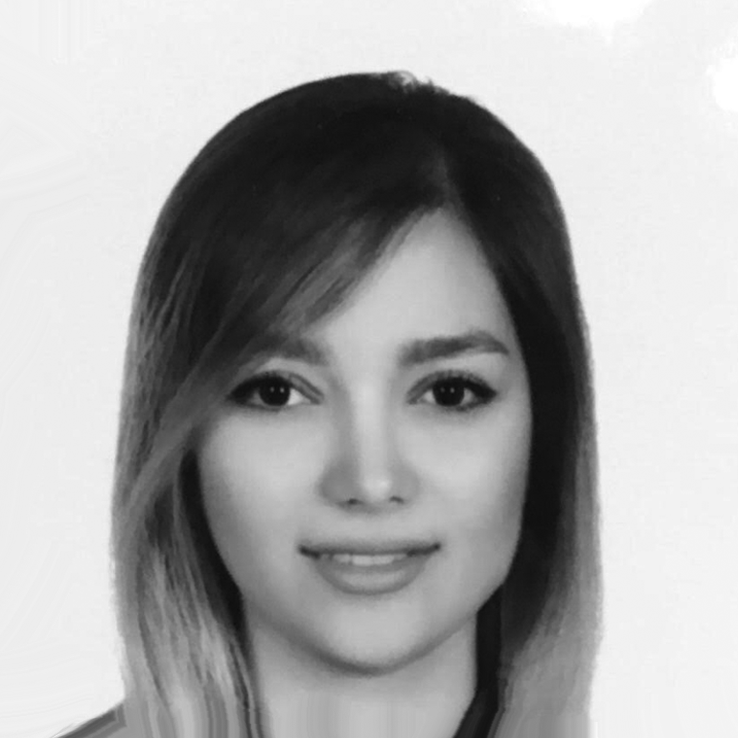
Delara Razzaghmanesh is a Ph.D. candidate in the ‘Architectural Design Computing’ program of the Istanbul Technical University in Istanbul, Turkey. She got her Master’s degree in Architectural Design program from Istanbul Technical University in 2015 and her bachelor’s degree in Architecture program is from Tabriz University in Tabriz, Iran in 2012. Her research interests are Parametric and algorithmic design, smart cities and intelligent buildings, responsive and kinetic facades, and energy analysis for buildings. She is working on the TUBITAK project namely “City Development with Design Intelligence (CIDDI)” from 01/01/2020.
Imdat As is an architect, entrepreneur, academician, and recipient of the prestigious Turkish Scientific Research Council (TUBITAK) 2232 Grant and Fellowship. He leads the City Development through Design Intelligence (CIDDI) lab at Istanbul Technical University (ITU). His work focuses on new technologies that shape the morphology of the future city. He received his doctoral degree from the Harvard University Graduate School of Design (GSD), his M.Sc. in architecture from the Massachusetts Institute of Technology (MIT), and his B.Arch. from the Middle East Technical University (METU) in Ankara, Turkey.
110 – SwarmBESO: Multi-Agent and Evolutionary Computational Design Based on the Principles of Structural Performance
Tuesday 30 March, 10:15, Session 1A
Ding Wen “Nic” Bao, School of Architecture & Urban Design, RMIT Architecture | Tectonic Formation Lab and Centre for Innovative Structures and Materials, School of Engineering, STEM College, RMIT University
Xin Yan, Center of Architecture Research and Design, University of Chinese Academy of Sciences and Centre for Innovative Structures and Materials, School of Engineering, RMIT University
Roland Snooks, School of Architecture & Urban Design and RMIT Architecture | Tectonic Formation Lab, RMIT University
Yi Min “Mike” Xie, Centre for Innovative Structures and Materials, School of Engineering, STEM College, RMIT University
This paper posits a design approach that integrates multi-agent generative algorithms and structural topology optimisation to design intricate, structurally efficient forms. The research proposes a connection between two dichotomous principles: architectural complexity and structural efficiency. Both multi-agent algorithms and Bi-directional evolutionary structural optimisation (BESO) (Huang and Xie 2010), are emerging techniques that have significant potential in the design of form and structure. This research proposes a structural behaviour feedback loop through encoding BESO structural rules within the logic of multi-agent algorithms. This hybridisation of topology optimisation and swarm intelligence, described here as SwarmBESO, is demonstrated through two simple structural models. The paper concludes by speculating on the potential of this approach for the design of intricate, complex structures and their potential realisation through additive manufacturing.
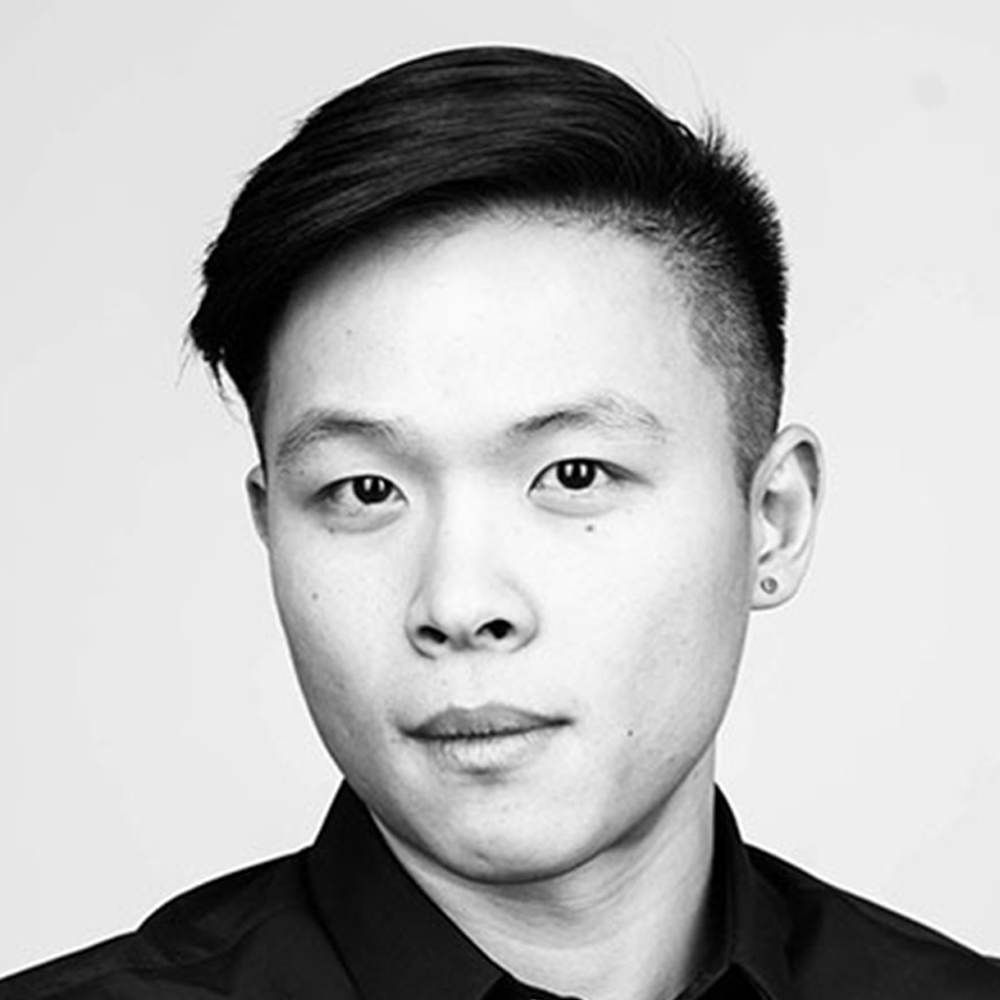
Ding Wen “Nic” Bao is a Lecturer and Architecture Technology Course Coordinator in the School of Architecture and Urban Design, RMIT University, having previously taught at University of Melbourne, Monash University, Tongji University. His research explores design methodologies for establishing a complementary relationship among computational design, structural engineering, behavioural algorithms and robotic fabrication. Nic is a Registered Architect in Australia, NCARB Registered Architect in the US and RIBA Chartered Architect in the UK. Nic is completing his PhD at RMIT, where he received a full scholarship and Bachelor of Architecture. He holds Master of Architecture from University of Melbourne.
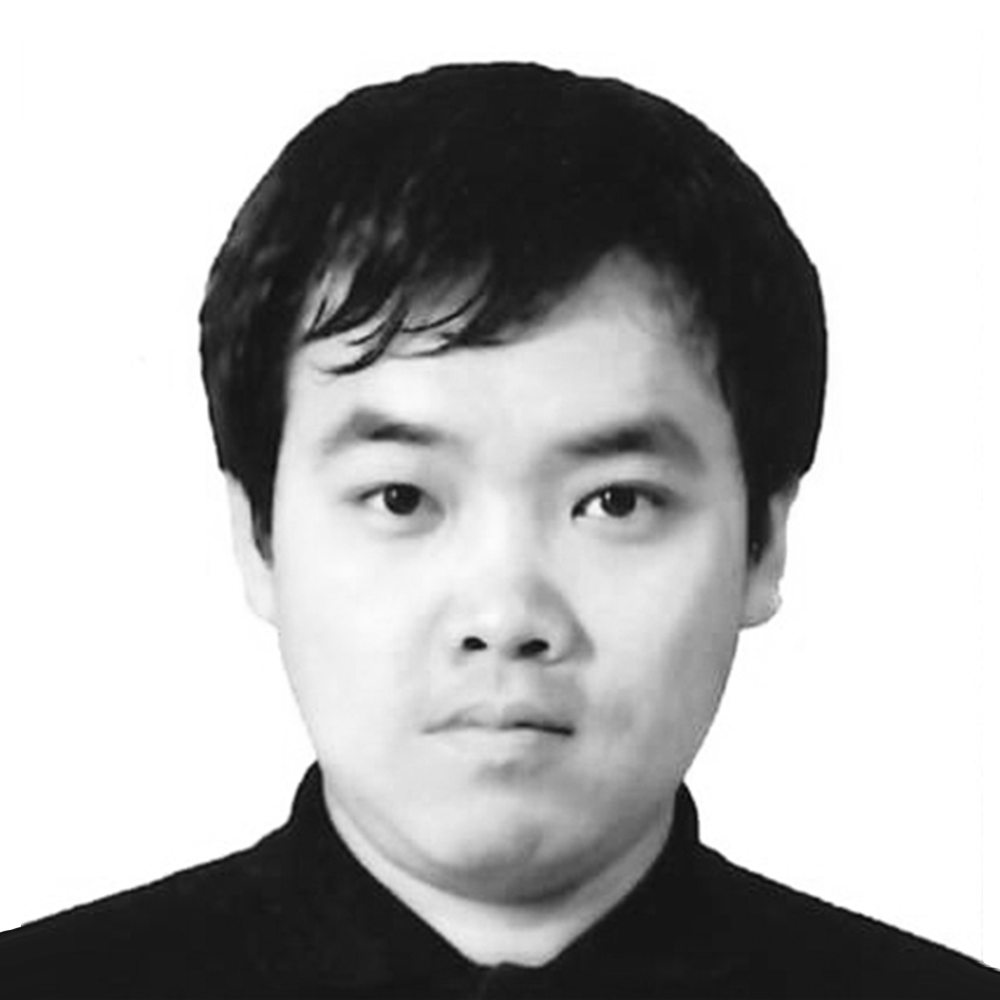
Xin Yan is a PhD candidate at the Center of Architecture Research and Design at the University of Chinese Academy of Sciences, where he gained a Master of Architectural and Civil Engineering. He holds a Bachelor of Theoretical and Applied Mechanics at the University of Science and Technology of China, and he was a visiting PhD scholar at the Centre for Innovative Structures & Materials at RMIT. Previously, Xin played the role of design/technical consultant in China. His research interests are digital design algorithm of Chinese traditional modular construction system, structural form-finding methods and complicated architectural geometry optimisation.
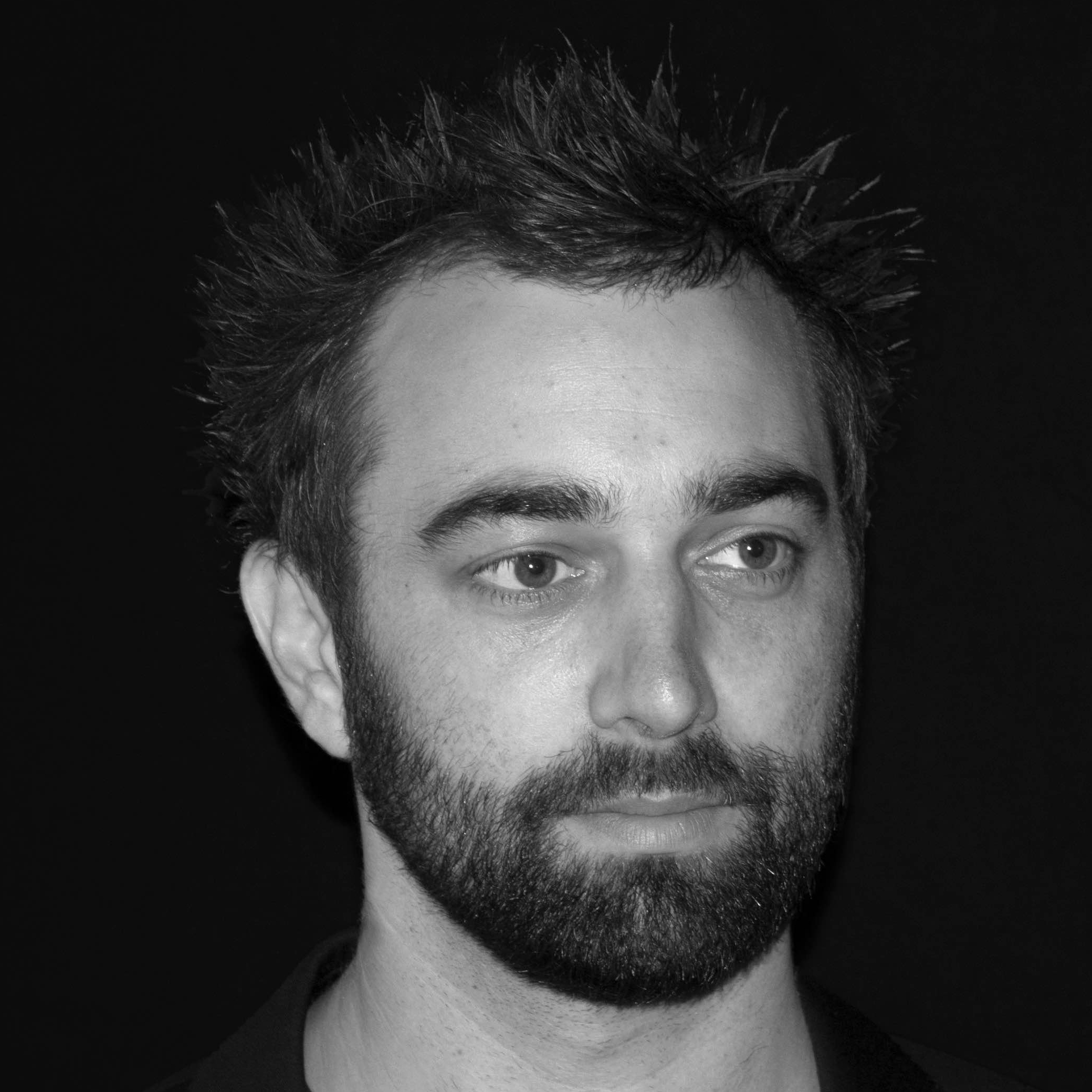
Dr Roland Snooks is an Associate Professor at RMIT University, having previously taught widely in the US, including at Columbia University, University of Pennsylvania, SCI-Arc and the Pratt Institute, and director of the architectural practice Studio Roland Snooks and founding partner of Kokkugia. Roland’s design research explores behavioural processes of formation drawn from swarm intelligence and multi-agent algorithms’ logic. Roland directs the Tectonic Formation Lab & Architectural Robotic Lab at RMIT Architecture. Roland received a PhD from RMIT University, and he holds a master in advanced architectural design from Columbia University, where he studied on a Fulbright scholarship.
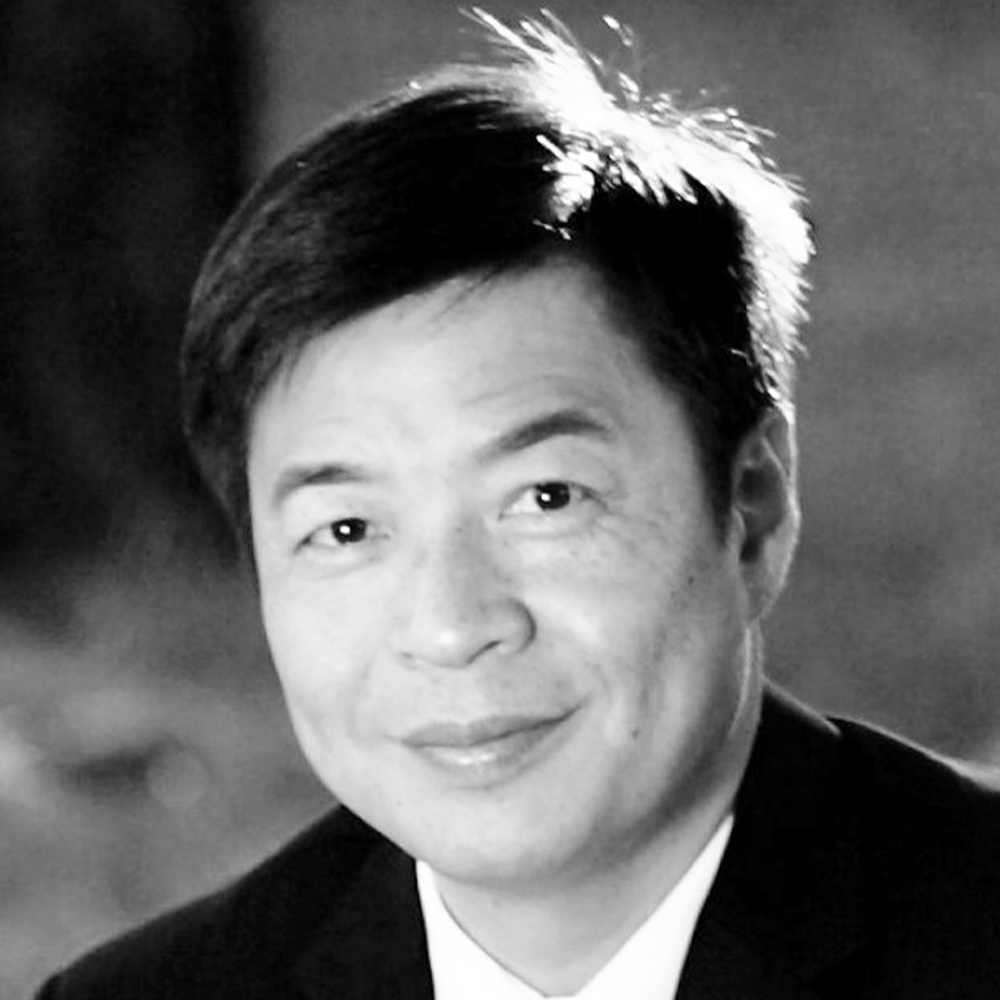
Professor Yi Min “Mike” Xie is the founding director of the Centre for Innovative Structures and Materials, Distinguished Professor at RMIT University, Fellow of the Australian Academy of Technology & Engineering and Australian Laureate Fellow. His team pioneered the Evolutionary Structural Optimisation (ESO) and Bi-directional Evolutionary Structural Optimisation (BESO) methods. His research impact in the field of structural optimisation has been recognised by the AGM Michell Medal and Clunies Ross Innovation Award in 2017. In 2019, Mike was appointed a Member of the Order of Australia (AM). In 2020, he was awarded the Victoria Prize for Science and Innovation.
253 – Spatial Findings on Chilean Architecture StyleGAN AI Graphics
Tuesday 30 March, 10:30, Session 1A
Tomas Vivanco, Pontifical Catholic Univesity of Chile / Tongji University
Antonia Valencia, Pontifical Catholic Univesity of Chile
Philip Yuan, Tongji University
The use of StyleGAN algorithms proposes a novel approach in the investigation of architectural images. Even though graphical outcomes produced by StyleGAN algorithms are far from being architectural spaces, they might become a starting point in the creative process of architectural projects. By creating a database of specific categories of architectural images located in certain contexts, significant findings might emerge regarding their categorization in accordance to the ‘style of a culture.’ This research analyzes the architectural images that result from implementing StyleGAN algorithms in a database of images of Chilean houses built between the years 2010 and 2020 and selected as finalist of the ́Project of the Year ́ from international viewers and curators of the most viewed architectural website of the world. Our findings suggest that Chilean houses have two distinctive elements strongly influenced by human bias: the proportion of voids in the architectural-like generative volume and the integration of vegetation or landscape.
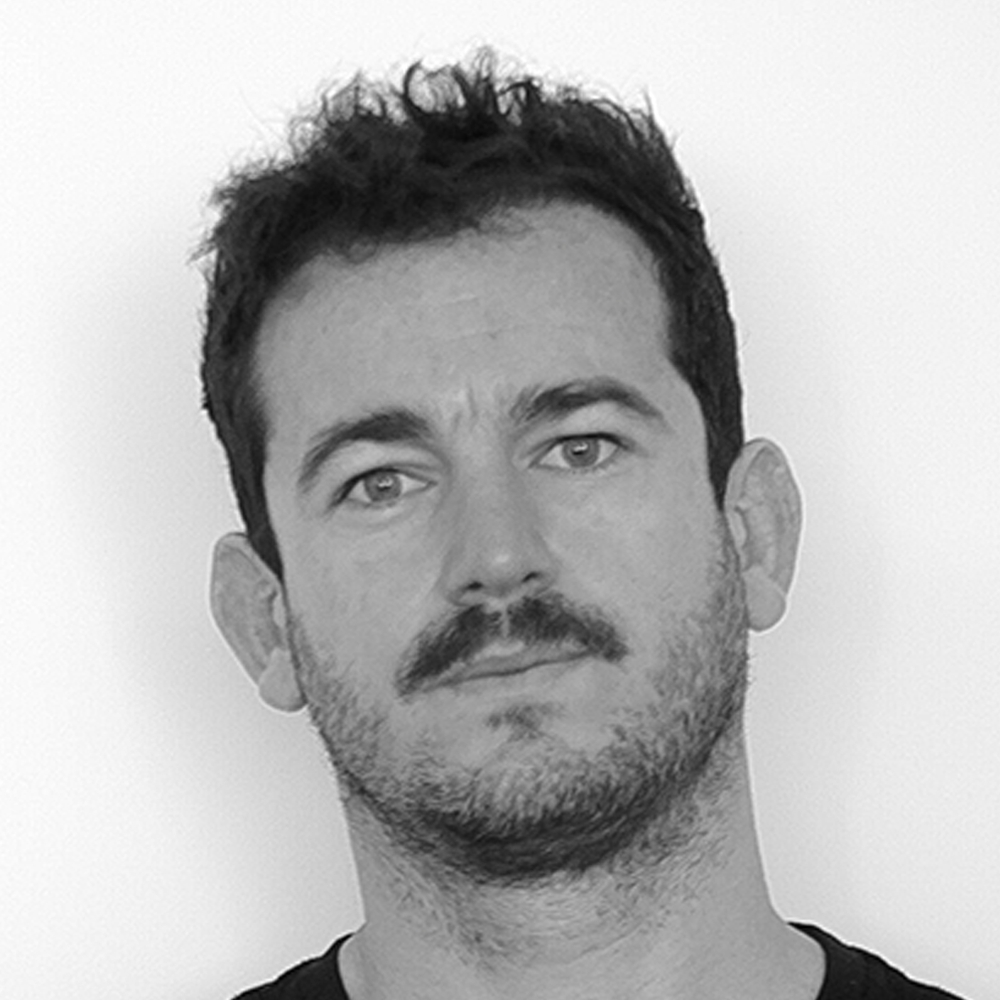
Architect, PhD (c) in Architecture, Digital Futures from Tongji University, Shanghai, Master in Advanced Architecture from the Institute of Advanced Architecture of Catalonia. His research and work focus on the impact of digital technologies on society; low energy material systems; distributed and computational design and manufacturing. That he has presented and published in various conferences, events and magazines in different countries. Currently director of the Fab Lab Austral UC Station in Puerto Williams, Research Fellow of the Fab Lab Barcelona-Fab City, and professor at the School of Design of the Pontifical Catholic University of Chile.